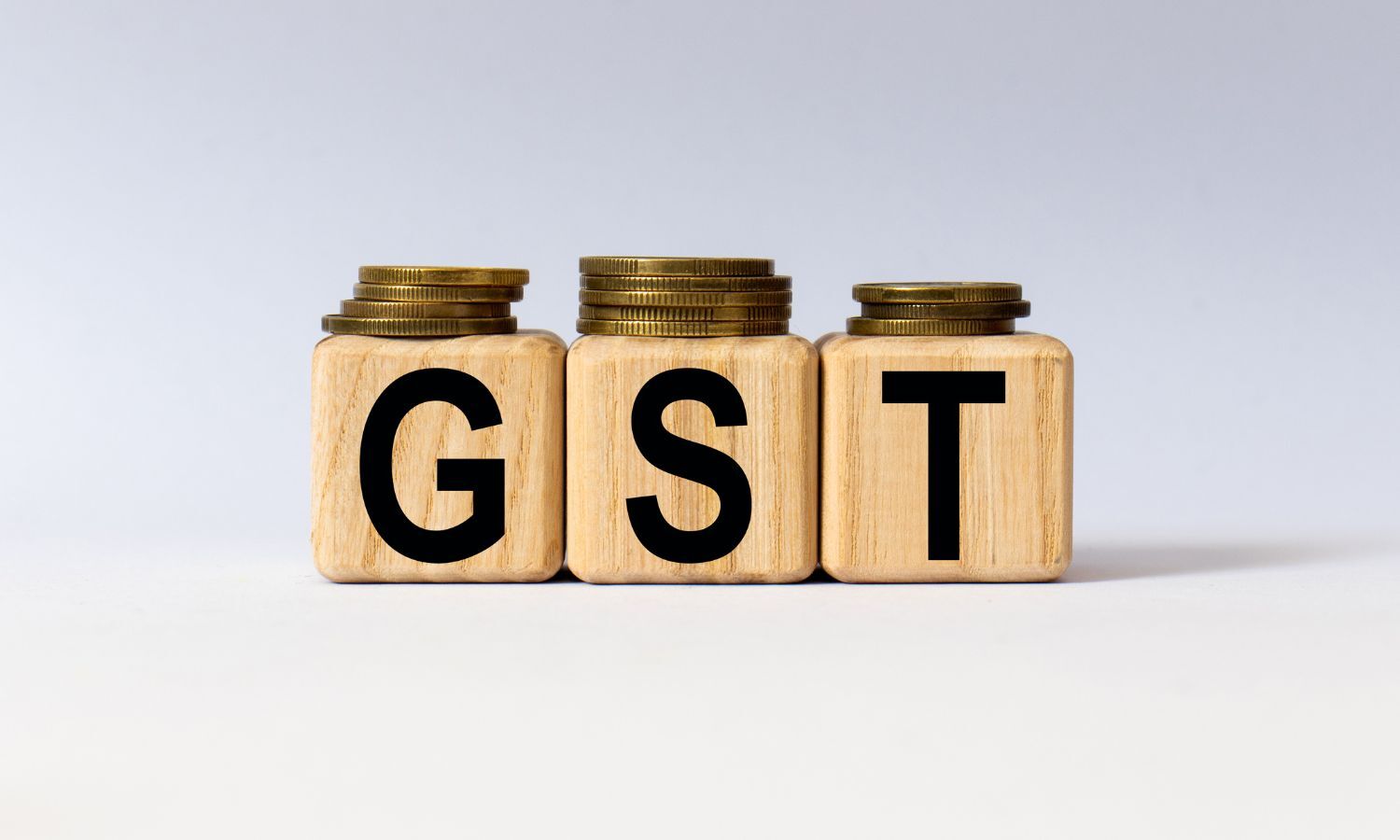
Rs 62,000 Crore GST Evasion Detected
Rs 62,000 Crore GST Evasion Detected
'There are unscrupulous traders who create fake invoices by showing bogus e-way bills, movement of goods.'
'Since the entities registered across different states, and kept on changing their numbers, tracing them was difficult.'
Tax authorities have detected Rs 62,000 crore (Rs 620 billion) worth of goods and services tax (GST) evasion (or frauds) using fake invoices during the past three years, said a senior official of the Central Board of Indirect Taxes and Customs (CBIC).
This is the primary reason the government kept such offences out of the increased monetary threshold of Rs 2 crore (Rs 20 million) in the recent GST Council meeting.
Since 2020, GST authorities at the central level have arrested over 1,030 individuals who used fake invoices to illegally avail or pass on input tax credit.
The number of cases and amount involved would be much more as state-level matters are separate.
"There are unscrupulous traders who create fake invoices by showing bogus e-way bills, movement of goods. Since the entities registered across different states, and kept on changing their numbers, tracing them was difficult," the official cited above said.
The GST Council approved doubling the threshold to Rs 2 crore for initiating criminal proceedings for various offences under GST, except those involving fake invoices, as part of its decriminalisation drive.
At present, if the amount evaded exceeds Rs 2 crore (but not more than Rs 5 crore/Rs 50 million), the jail term could be three years.
If tax evaded is more than Rs 1 crore (but less than Rs 2 crore), the incarceration period is a year.
The effective date with regards to changes is expected in the Budget session.
The law committee under the Council, while suggesting hiking the threshold, noted 'to curb the menace of fake invoice and to control passing of input tax credit by such fake/ non-existent units, it is imperative that the mastermind of such a crime is not afforded any opportunity to compound their offence.'
This is by using the benefits of these provisions under Section 138 (deals with monetary threshold) of the CGST Act.
It said the compounding provisions are to minimise the legal proceedings with genuine and existing traders, who have committed the offence but are ready for cleaning up their actions and to further do their business according to law.
It further noted that compounding provisions can provide an opportunity to masterminds creating fake entities and perpetrating economic frauds deliberately to escape prosecution.
Hence, such class of persons (people generating fake invoicing or indulging in that) should be excluded from decriminalization of offences.
GST authorities had earlier this year introduced the sequential filing of GSTR-1 (monthly/quarterly return) and GSTR-3B (supplies during the month along with GST paid) to check fake invoices.
Looking at the menace, the Council had formed a group of ministers to submit a report on overall strengthening of GST systems.
The ministerial panel, headed by then Maharashtra deputy chief minister and finance minister Ajit Pawar, gave its report at the June Council meeting.
Highlighting the particular issue, the report said the first issue on the subject was regarding new registration and biometric authentication.
The second issue was to study the profile of new registrants from the system and compulsory physical verification of these registrations.
Third was to check existing tax payers -- whether they were doing fake invoicing or not.
These were to be taken up for physical verification.
They also suggested the geo-coding of addresses. It was observed that while seeking new registrations, many taxpayers were giving non-existing addresses/ false addresses.
At present, the GST network is developing the system according to the suggestion.
This will help in fetching the meta data from the application, such as addresses, and make it available to the tax administration.
It can be verified online from the relevant utility website.






